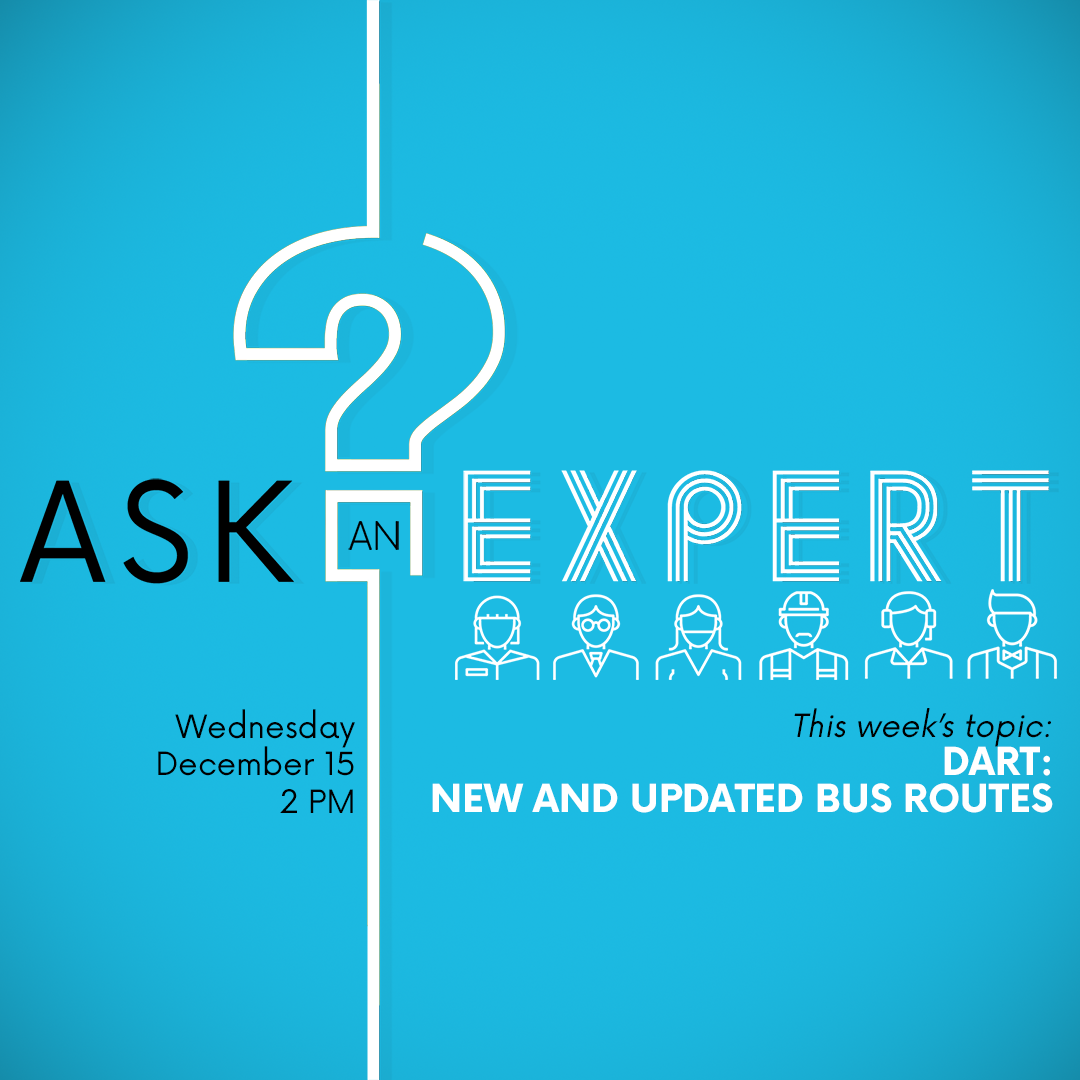

Data on roadway characteristics are associated with each link. Usually all freeways, expressways, principal arterials, minor arterials, and feeder/collector routes are included. The private (car and bicycle) layers can be connected to the pedestrian layer where they are available and can be parked, and all origin and destination centroids are located on the pedestrian layer. The modal elements appear in multiple layers and are connected by artificial transfer links, which can represent a variety of costs. Super networks represent an integrated multi-modal network with the intention of providing a more comprehensive look at routes across all available modes of transport and access/egress patterns. However, an emerging area of interest includes bike modeling, which requires a network that may include special attributes that influence route choice (such as street slope).įreight networks can include both truck facilities and rail freight. The main reason for this exclusion is that most models were developed to address macro-level questions about the location or size of the roadway and transit network links (i.e., are new roads needed or what existing roads need to be widened). Hence, the networks for these modes would not included. Non-motorized modes such as walking or bicycling are sometimes not represented in travel forecasting models. Intra- and intermodal transfer locations are also identified in transit networks. Other spatial data elements associated with transit networks include the locations and capacity of park-n-ride facilities, and access and egress legs or links for each zone. Further detail about each route often includes route fares, schedules, headways, and speeds. Links on the transit network connect consecutive stops. Stop attributes may be attached to a node to describe the characteristics of the stop, typical dwell times, and frequency of vehicle arrivals at the stop.


Nodes generally comprise bus or rail stops along transit routes and are spatially located by XY coordinates. Transit networks are also comprised of nodes and links. The congested speed on any link may be calculated through the use of an appropriate volume-delay function (VDF). Links are often described by length, capacity, number of lanes, posted speed, and freeflow speed. Highway networks provide a representation of individual, connected links between intersections through the use of links and nodes. This level of precision does not extend to the representation of the demand-side of the travel economy." It is frequently modelled with, literally, military precision using mapping data from GPS satelittes. Modelling the base year supply-side - the representation of the highway network today - is the science part. : "Traffic modeling is frequently described as being part science, part art. The following quote puts this in perspective especially as it relates to the differences between the supply and demand side of models. While all models are representations of the 'real world', it should be noted that network models can be both very precise and accurate. Links will include fixed-guideway (e.g., passenger rail) to bus lines that operate in mixed-traffic on the roadway links. Transit networks are a spatial representation of bus, rail, and other types of transit routes available in a region. A typical highway network will include links ranging from high speed, high capacity (e.g., freeways) to low-speed, low capacity (e.g., residential streets). Highway and transit networks are a principal means by which the supply side of transportation is represented. Transportation networks could be of several types for representing the infrastructure or supply of different modes. Transportation analysis zones are represented in the network by centroids, a subset of the nodes and centroid connectors are links that provide access and egress to the system. The links have characteristics such as speed and capacity for roadways frequency and travel time data are defined on transit links or lines for the transit system. Transportation networks generally refer to a set of links, nodes, and lines that represent the infrastructure or supply side of the transportation. Learn more about this circle at Transportation networks.


 0 kommentar(er)
0 kommentar(er)
